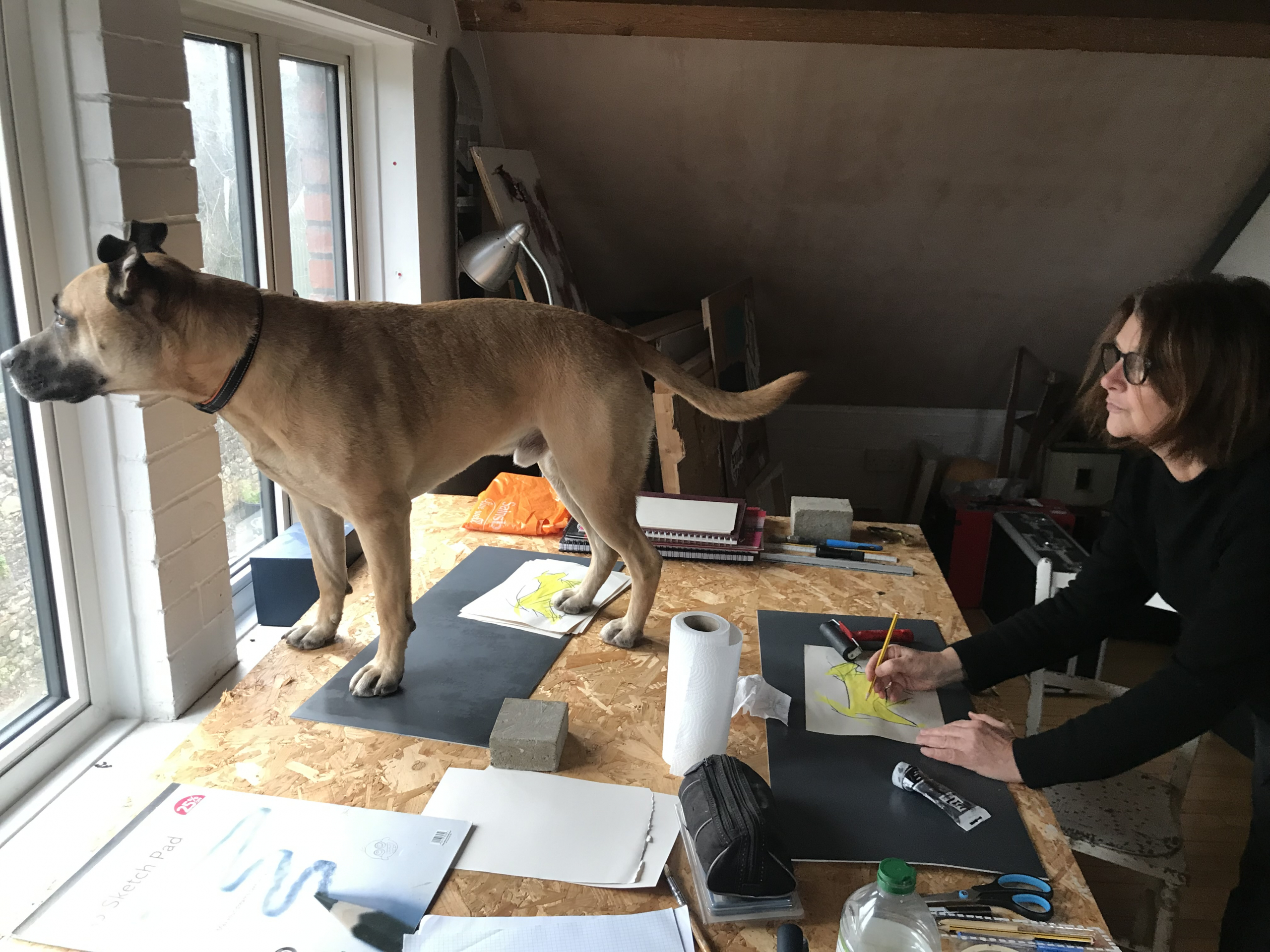Produced by Lyndon Jones & Bella Kerr for BBC Wales.
Broadcast on BBC Radio Four on Saturday November 27th 2021.
Taking his cue from this year’s Turner Prize shortlist of five artists’ collectives, James Fox tells the untold story of community and socially-engaged art in post-war Britain.
Concrete cows. First World War soldiers waiting at twenty-first century train stations. A concrete cast of a house. These are just some of the manifestations of public and community art that have captured the attention of the British public over the last 50 years. These are three well-known examples among thousands, of the efforts of artists to change the fabric of the environments in which we live, work and play. This year, the Turner prize shortlist consists of five artists’ collectives from around the UK: groups whose work does not principally belong in galleries; work that does not seek, as its principal focus, to present an admiring public with artefacts of beauty in hallowed halls of culture.
This ‘movement’, for want of a better term, continues to intrigue, puzzle, delight, and exasperate the public to whom it is offered. But what is it? Does it change society? Is it good? How do we assess it? Or are we hampered by an outdated and hard-to-shake-off idea of what an artist is, and how and where they present their work to us?
Looking back over the last 50 years and more, art historian Dr James Fox investigates the historical antecedents of this year’s Turner Prize shortlist. Drawing on the BBC archive and contemporary interviews, he disentangles some of the many threads of art practice that have been visible in the public domain; and talks to curators, practitioners, participants and arts professionals about the work they have presented. What makes it good? How do we compare it with a great master painting? Do we have the necessary critical and analytical vocabulary to make sense of this work?
James’s journey, both historical and geographical, takes him from Fife in Scotland to the south coast of England. On the way he visits Milton Keynes, the largest and most ambitious of Britain’s post-war new towns, where public and community art were seen as critically important elements of the nascent identity of a brave new settlement. James considers the work of important organisations such as the Artist’s Placement Group in the 1960’s and 70’s, and the activity of Project Artworks, whose nomination for this year’s Turner Prize is a tribute to 20 years of work that identifies a crossing point between art, care, and social activism.
This story, which might seem peripheral to the mainstream, is in fact one that looks deep into the qualities of the society that we might seek to live in. James Fox is our guide through a complex creative maze.



